How I write blog posts
Whilst I certainly don’t profess to be an expert when it comes to writing blog posts, there are a number of things that help me when thinking about how I structure and publish them. Many people are obsessive about blogging, spending countless hours on maximizing, linking to other sites and including certain keywords. These are important if you’re writing for SEO purposes, so some sort of system is essential to make the process as slick as possible.
The last thing you want is for the post-edit to take longer than actually writing the post itself!
Step 1: Get images & resize/rename them
Images are incredibly important to engage and entertain your readers. I actually use them to structure my posts so they are the starting point for any post I write. I create a folder in my blog folder with the name of the blog post I’m about to write, then within this create a folder called Images. I’ll then create another folder within this called Original Size, into which I then drop the full size images that I wish to include in my post from my camera/hard drive/memory card.
Google index all images, so if the name and ‘Alt Text’ fields are not filled in on your images, they won’t be found. For example, if you search Three Peaks Challenge in Google, there are thousands of images of the Three Peaks Challenge, all of which are searchable and provide a link back to your website.
I use a free program called Irfanview to rename and resize my images to 750px wide. This is the optimum width of my blog images. Irfanview has an excellent batch conversion feature, which means you can resize and rename your images in one click.

If you’re short of images, try using screenshots (Evernote’s Clip to Evernote chrome extension is great for this) or search online at www.freeimages.com or www.freerangestock.com.
Step 2: Write the post
It is personal preference whether you write the actual post online or in a program like Microsoft Word. Personally, I switch between these options depending on wifi access. You can save a lot of time by typing straight into WordPress (or whatever editor you’re using), and the advantage of this is that you can upload the photos straight away.
Writing your post in Word (or similar) has the advantage that you don’t need an internet connection. You will however need to then upload all of the images and format the text once you’ve pasted the text into the online editor.
Either way, I normally begin by inserting the images into the text editor, and then I start writing.
Step 3: Video
It is a proven fact that people prefer to watch video. With the advent of video cameras on mobile phones, cheap video cameras and other handy mobile cameras (other GoPro’s are available), it has never been easier to record videos.
Editing videos is also a very cheap and easy process. Once they’re edited (I’ll be writing another post on how to do this), it’s simply a case of uploading it to YouTube, getting an embedding code (this communicates to WordPress or whichever website editing software you’re using to place the video in your post), and entering this into your post.
Here’s an example:
Step 4: Links
Inserting links to other websites are a good way of improving the power of your website, and create an extra layer of content and context for your readers. Link to any websites and places of interest that you mention using the add hyperlink feature of your website editor.
Conclusion
The goal is to concentrate on the content you’re adding to your site when blogging, not editing images, adding hyperlinks and all of the associated tasks involved. In an ideal world, all of these tasks would be outsourced, but by having systems in place (image names/resizing, folders etc), you can hopefully focus more on writing and have your posts online in less time.
I hope you’ve found this article helpful, let me know if you have any further tips!




